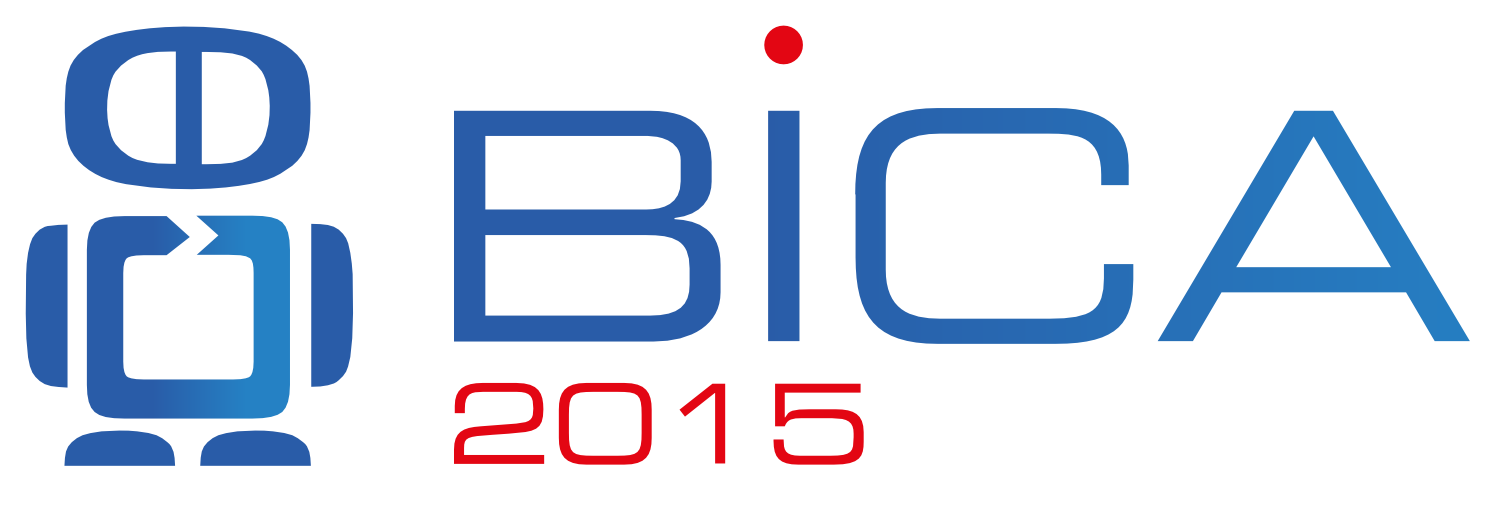Sidebar
Symposium on Implications of Recent Results in Computational Narrative for BICA
This symposium will examine the intersection of the computational modeling of narrative (CMN) and biologically inspired cognitive architectures, and will comprise three talks. Symposium speakers will try to draw ideas and lessons relevant to BICA from current work in CMN.
Narrative Effects and Lessons for BICA
Mark Finlayson
Florida International University
Narrative is a ubiquitous language phenomenon that engages cognitive capabilities at multiple levels. I outline a number of observed effects that narrative has on cognitive processing, including improvements in comprehension, memory, and logical reasoning. Furthermore, an ability to understand narrative is critical to social reasoning. I connect these capabilities to recent results from the computational study of narrative, and draw a number of suggestions for biologically inspired cognitive architectures related to potential task domains, measurements of validity, and predicted cross-interactions among cognitive architectural components.
Towards Narratologically Inspired Cognitive Architectures
Nicolas Szilas
University of Geneva
For several decades, the hypothesis according to which narrative is not only a prominent form of human communication but also a fundamental way to represent knowledge and to structure the mind has been proposed and discussed. But surprisingly, this has not yield to any NICA (narratologically inspired cognitive architectures) and the hypothesis remains a fuzzy one with limited implications. Perhaps this is due to the fact that the few attempts to bridge the gap from narrative theory to cognitive architectures, namely the scripts and cases in artificial intelligence (AI), have considered only a small set of facets of narrative. Historically indeed, when AI and cognitive Science researchers tackled narrative in the 70s and 80s, they tended to reinvent narrative theories, ignoring the centuries of studies in the domain. In this contribution, we propose to study further the above hypothesis by identifying differentiating features of narratives that contrast with the classical problem solving AI and that may inspire new cognitive architectures. Potential applications of NICAs include better communicating machines, improved intelligent tutoring systems and robust knowledge bases.
Evolution-inspired Construction of Stories: Iterative Refinement of Narrative Drafts as a Social Cycle
Pablo Gervás & Carlos León
Universidad Complutense de Madrid
Narrative creation happens not only as an internal process in the writer's mind, but also as a social phenomenon in which several individuals influence each other by creating, telling and evaluating the stories told in the community. As such, stories evolve over time under the influence of many activities: inventing new parts or rejecting old ones, changing the discourse, telling the plot in a different way, and changing the way the story is understood and accepted, possibly by other changes in the society. We propose a formal computational model based on the cognitive behavior of individuals inventing, telling and refining narrative structures based on the ICTIVS model. This new version of the model, Social-ICTIVS, adapts the previous model by considering each of the steps and re-defining them as a social activity of narrative evolution.
Logistics
Mark Finlayson, Chair
Florida International University
Presentation at this symposium will be by invitation only.
For invited speakers: to submit your talk abstract, please follow the general instruction on the Submission page. Login to easychair as an author and select this track.
